Find out more about process-related mandatory requirements and recommended thematic areas addressed in our Gender Equality Plan.
We align with the mandatory Horizon Europe Gender Equality Plan requirements as follows:
Public Document: Northeastern University – London’s Gender Equality Plan is available online. The action plan was approved by Executive Committee on 27 February 2025.
Dedicated Resources: The University has a number of internal resources including the following:
- Diversity, Equality and Inclusion Committee, chaired by our Director of Belonging, which meets once per semester and is responsible for advancing and supporting the DEI agenda across the University, overseeing its implementation, monitoring progress on a regular basis and reporting on that to the Executive Committee (ExCo).
- We also have four Associate Directors for Belonging based in the Faculties, who support the Director of Belonging in their work.
- We have two Synergy groups that drive forward the equality agenda – The Women’s network and the LGBTQ+ network.
- We work closely with legal counsel, both in London and in Boston
- We are also part of several external Equality focused network groups including the following:
- SSRI Equality Network
- Guild HE EDI network
- Advance HE Co development group
- Institutional Influence Committee
- Rose Castle Foundation
- Data Collection and Monitoring: Sex and/or gender disaggregated data is collected on employees and students. This enables us to produce a Gender Pay gap report and publish DEI data on our website as part of our Public Sector Equality Duty. We also base our DEI strategy/ report/ action plan on this data.
- Training: Equality, diversity and inclusion training is mandatory for all staff and includes information about gender equality as well as case studies to help embed learning.
Five recommended thematic areas that are met in our Gender Equality Plan are as follows:
Work-life balance and organisational culture – Addressed in Section 7
- Policies to support work-life balance, including flexible working, parental leave, workload management, and reintegration after career breaks.
Gender balance in leadership – Addressed in Section 8
- Data collection on gender representation in leadership.
- Training and mentoring programmes for underrepresented genders in leadership roles.
- Annual reporting on progress.
Gender equality in recruitment and career progression – Addressed in Section 9
- Gender-neutral job descriptions, recruitment transparency, and bias training for decision-makers.
- Annual gender pay gap reporting and review of promotion procedures.
Integration of the gender dimension into research and teaching content – Addressed in Section 10
- Guidelines for research staff on gender in research.
- Tracking of research projects and publications that include gender perspectives.
- Annual reporting mechanism for integration of gender in research and teaching.
Measures against gender-based violence, including sexual harassment – Addressed in Section 11
- Policies such as the Sexual Misconduct Policy and Report and Support mechanism.
- Disciplinary measures, support for victims, and annual reporting on cases.
- Training and awareness campaigns.


